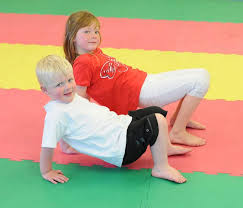When I first began my investigation or Genius Hour project, I had a hard time narrowing down a specific topic from such broad parameters….I could pick ANYTHING! Once I finally decided on a topic-proprioception, I realized that through the last few weeks, my somewhat broad topic of proprioception, became more focused and narrowed down a bit.
I would suggest that future students pick something they would like to know more about obviously, but focus on something that once learned, can be applied within a classroom to serve the needs of your students (if you are an education major). I believe that throughout my research, I have stumbled upon some awesome resources and a ton of great ways to incorporate proprioceptive activities into my future classroom!
One specific idea that I hope to use in my classroom is derived from what is called a “sensory room”. While I may not have the resources or space for a whole sensory room, I could have a sensory corner. Which could simultaneously serve as a reading nook, creator’s space, or relaxation/reflection retreat. I would like to include items such as textured rugs, soft lighting, various seating options, a sound machine, a relaxation cd, and even weighted blankets, and tactile toys for those students who need more. And the list goes on and on!
So while I certainly didn’t start out with the goal of creating a sensory corner, I am glad that my research led me to that idea and many more. I am so looking forward to being able to try out some proprioceptive activities and heavy work activities within my classroom! I am thankful I now have a list a resources ready to go!




